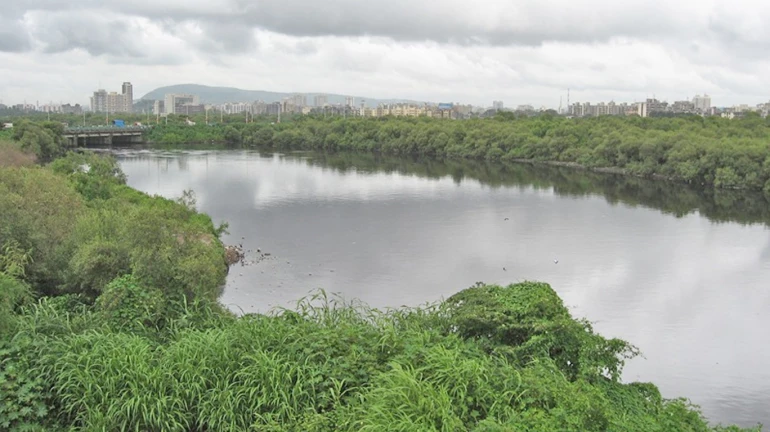
Since our childhood, we have read or heard that water is essential for life but as we have grown older we have never really given a thought to the same. It is a fact and not a speculation that water is becoming a scarce resource. Unlike petrol, water cannot have any substitutes as it is required by every human being and animal for the healthy functioning of our body.
On this World's Water day, let us explore the realities of water bodies in Mumbai.
The city consists of multiple water bodies but very few people know about it. However, you can’t exactly go for a family picnic around the rivers or lakes in Mumbai as all of them are extremely polluted and their surroundings too.
Mithi River is the most polluted water body in the city. Maharashtra Pollution Control Bound (MPCB) in its analysis came out with finding that the pollution level is almost 13 times more than the safe limit, Hindustan Times reported. The report said that the oxygen required for the marine life to sustain was 250 milligrams per litre which is 13 times higher than the bar, suggest by Central Pollution Control Board (CPCB), of 20 milligrams per litre.
According to the guidelines of CPCB, more than three milligrams per litre measuring of the oxygen in the water is unfit for human consumption. There are six lakes - and almost 12 rivers and creeks - in Mumbai all of them are polluted and don’t qualify for consumption.
Talking about the conditions of beaches and Mumbai’s coasts - and water at its mouth, the situation is no different than of the lakes and rivers. In the same report above by Hindustan Times, it has mentioned that Versova beach is the dirtiest beach in the city followed by coasts near Juhu, Girgaon Chowpatty, and Haji Ali.
The reason for so much water pollution in Mumbai is the dumping of untreated waste and water into these lakes and water bodies which eventually gets to the Arabian Sea which affects the marine life massively. All kind of industrial and domicile waste is thrown directly into the water bodies through nullas which disrupts the water quality of the sea. However, the Brihanmumbai Municipal Corporation (BMC) claims that it treats 1,500 million litres of the sewage out of 2,400 million litres which are generated by the city per day. However, there is a scope to improve the water around the coasts of Mumbai only if the BMC plans and implement its actions to treat more sewage around the city.
The disconnection of Mumbaikars from its water bodies is one of the reasons for the water pollution. The sense of belongingness towards the nature of the people is dead and that needs to be revived. Municipal Corporation of Greater Mumbai (MCGM) has started an initiative called Swacha Mumbai Prabodhan Abhiyan which talks about the cleanliness of Mumbai. For this to work, the participation from the side of the citizens is necessary and that’s what this programme focuses on.
There are several initiatives taken by some individual in their own way to bring about a change in this sphere. In 2015, a Mumbai based lawyer and environmentalist, Afroz Shah initiated a cleanup drive all by himself and people living in Versova volunteered to clean the garbage embedded at the Versova beach. More people came to volunteer and it became a weekly-cleanup programme which later turned into a movement.
The administration focuses on educating the slum dwellers who reside near the water bodies that non-biodegradable wastes like plastic shouldn’t be dumped in the water. With that, BMC should also highlight the problems to the upper-class people living in the city. A huge amount of toxic waste from the industries is thrown into the water bodies. Water bodies which are meant to act as a channel for the excess rainwater are now, not less than any, nullas and carrier of diseases. That’s why Mumbai records a huge number of malaria cases each year. A policy level change and sustainable approach towards utilisation of water is necessary.
So what can we do as citizens to conserve water around us and to what extent do we need to cooperate with the officials to bring about a change?





